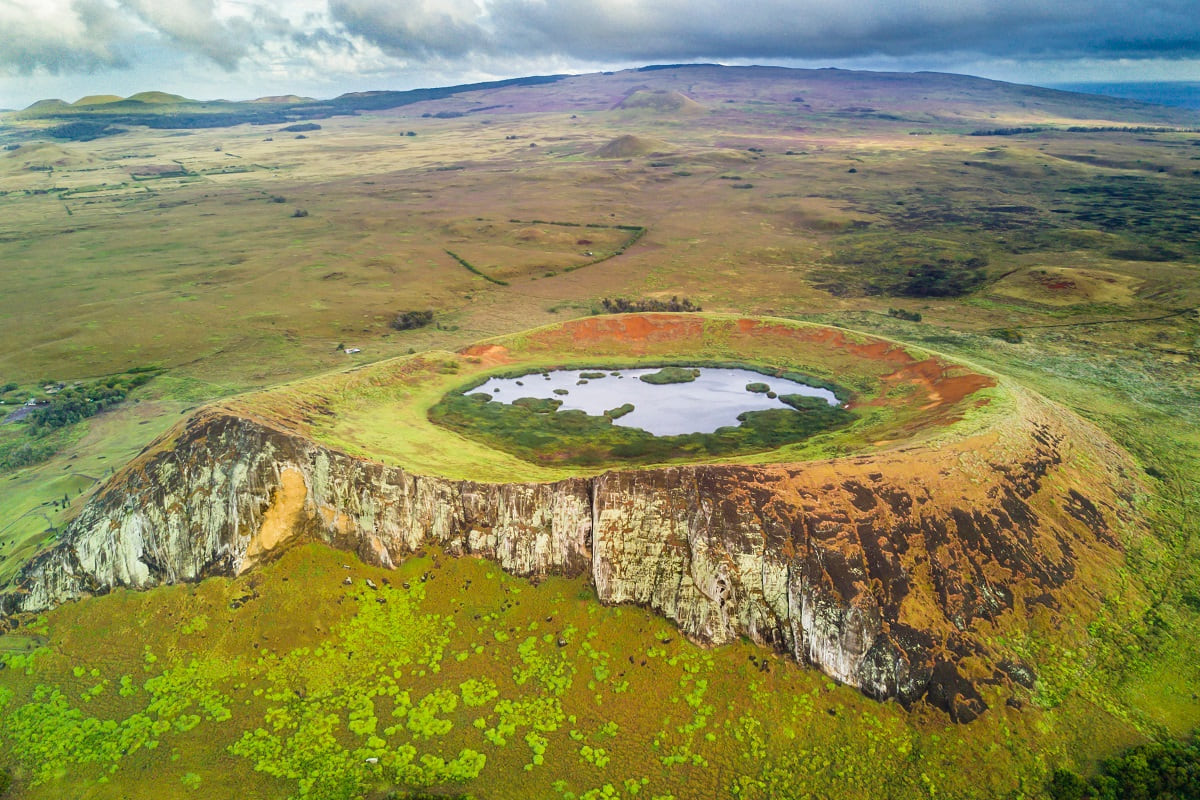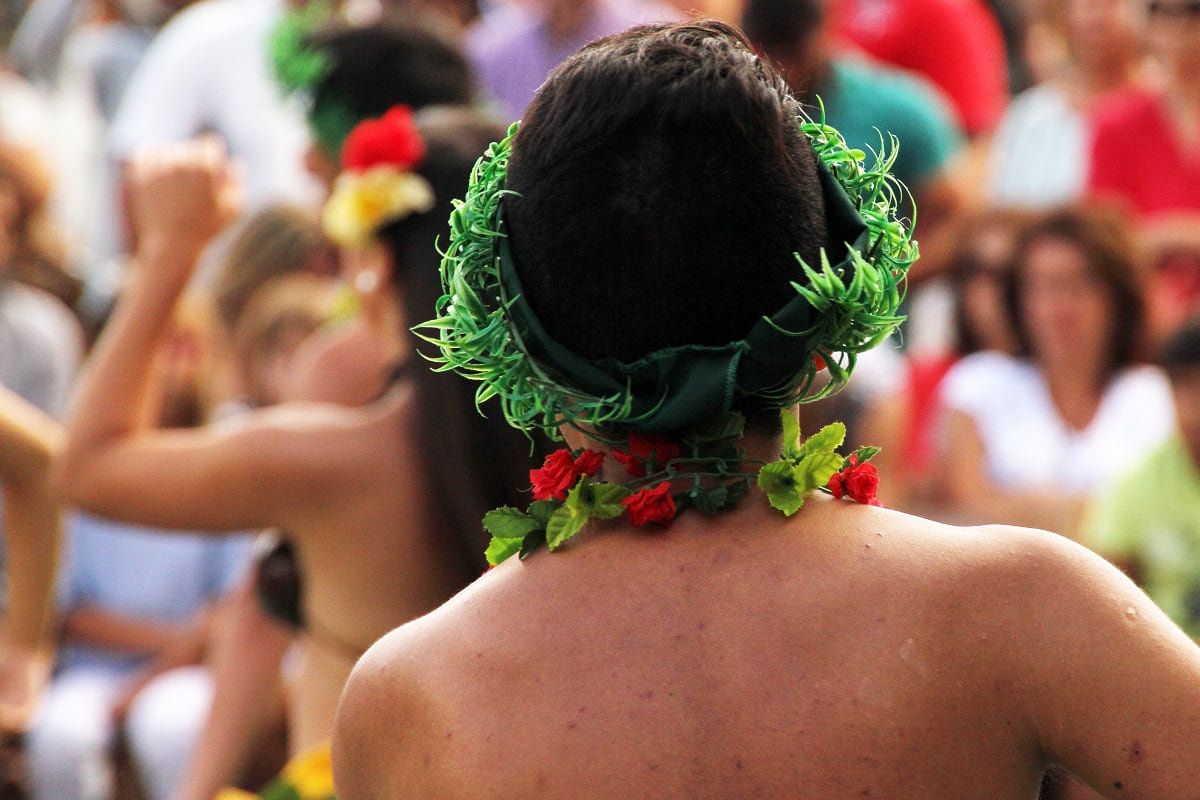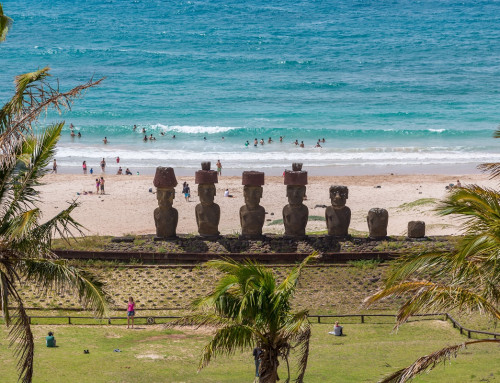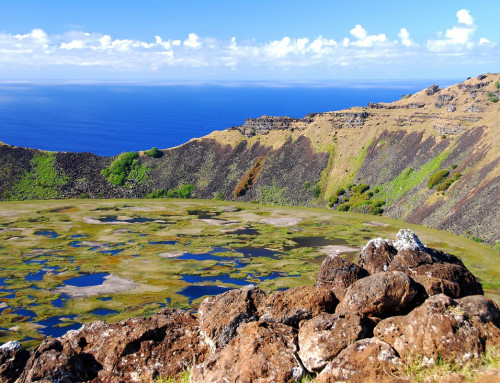Every year, Rapanui culture rises from the ashes during the great Easter Island festival. In the shadow of the island’s legendary statues, the festivities take place during the first two weeks of February and mobilize the entire population. For foreign visitors, it’s a chance to discover a series of events as atypical as they are fascinating. See you at the Tapati Rapa Nui Festival!
A Celebration of Cultural Heritage
When it was created in 1968, the festival took place in September and lasted just one week. This spring festival was more in keeping with the Chilean cultural calendar, and South American Latin culture dominated. The change came a few years later, in 1975, with the appearance of events inspired by the island’s ancestral heritage. The Tapati Rapa Nui became the Easter Island Festival.
The festival features a competition between two rival factions or alliances, who compete in artistic and sporting events. The winning alliance is crowned queen of the island for one year. The points won are collective, but the exploits often remain individual: the champion recaptures the past glory of the birdman.
On this occasion, the whole population takes an active part in supporting the alliance of their choice, often based on friendships and family networks. The atmosphere is festive and the events take place in an excellent atmosphere. Foreign visitors must even support one faction or another, an original way of promoting Rapanui culture.
Sports at the Easter Island Festival

The champions of the two alliances compete first and foremost on a physical level. Often naked, the men are virile and their bodies are covered with tribal paintings and motifs. Some events, such as fishing or horse-riding, require technique and skill. But strength, endurance and courage are the skills most valued during the competition.
The festival’s top event is undoubtedly the Tau a Rapa Nui. This amazing Polynesian triathlon takes place inside the crater of the Rano Raraku volcano, transformed over time into a veritable natural swimming pool. Against this impressive backdrop, competitors race for three kilometers, carrying whole bunches of bananas and swimming across the pool.
The most spectacular event is the Haka Pei. Mounted on interconnected banana trunks, the champions race down Maunga Pu’i Hill. The winner is the one who covers the greatest distance. Participants show great physical courage, as this atypical event is also the most dangerous.
Arts at the Easter Island Festival
The Easter Island Festival does not shy away from an aesthetic approach to Rapanui culture. First and foremost, craftsmanship takes pride of place in traditional dressmaking competitions, flower arranging and stone and wood carving. The carvings will be the centerpiece of the festival’s closing parade.
Singing, dancing and the recounting of epic tales of yesteryear play a very important role, as these events are an opportunity to reconnect with the Rapanui language, which is currently little used by the younger generations. Above all, the show has a cultural dimension, with lively theatrical performances.

The festival’s biggest musical event is the Koro Haka Opo. For several hours, the choirs of the two rival alliances compete in an extraordinary recital of traditional songs. This battle of words, rhythms and chords ends when one team makes a mistake.
The Tapati ends with a festive parade through the streets of Hanga Roa, followed by the crowning of the victorious team’s queen. In the evening, a fireworks display brings this cultural fortnight to a close.
Discover Easter Island
Of course, it’s impossible to ignore the very folkloric dimension of the event. However, the festival is the consecration of a rediscovered identity, and is an essential part of your stay in the Polynesian Triangle. Plan your trip to Easter Island and contact us to organize your activities in Polynesia.





Leave A Comment